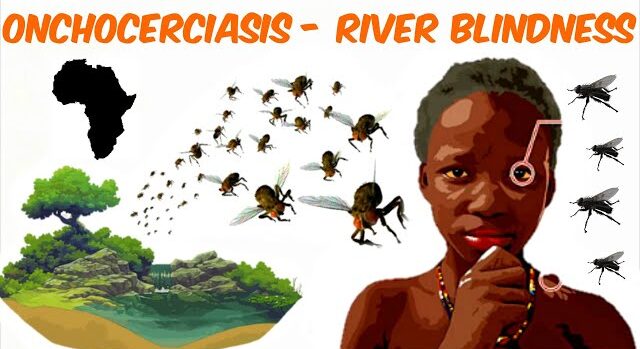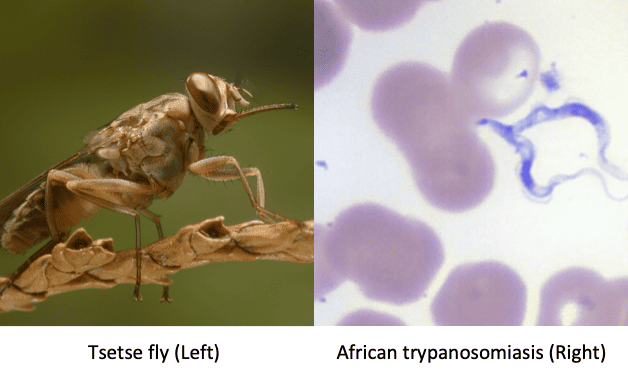-

ESSENTIAL HYPERTENSION IN PREGNANCY
ESSENTIAL HYPERTENSION IN PREGNANCY Apart from Pregnancy Induced Hypertension (PIH), Essential Hypertension is the most common hypertensive state in pregnancy. This is primary hypertension where the blood pressure is raised over 140/90mmHg during the first 20 weeks of pregnancy. It’s usually present before pregnancy. It doesn\’t present with any proteinuria as in severe preeclampsia. Essential…
-

Renal Diseases in Pregnancy
Renal Diseases in Pregnancy COMMON TERMS IN URINARY SYSTEM Proteinuria: Daily excretion of proteins in the urine is more than 150mg. It signifies that the kidney is damaged/ perforated. Haematuria: Means passing urine containing blood and is due to bleeding into the urinary tract. Crystalluria : Presence of crystals like oxalates, phosphates in the urine detected…
-

Dracunculosis (Guinea worm)
Dracunculiasis (Guinea Worm Disease) Dracunculiasis is a parasitic disease caused by the nematode worm Dracunculus medinensis. It is characterized by the emergence of a long, thread-like worm from a painful blister on the skin, usually on the legs or feet. Dracunculiasis is a neglected tropical disease (NTD) that primarily affects poor communities in rural areas…
-

Elephantiasis (Bancroftian Filariasis)
Elephantiasis (Lymphatic Filariasis) Elephantiasis, also known as lymphatic filariasis, is a chronic parasitic disease caused by filarial worms. It results in severe swelling, primarily of the legs, arms, breasts, and genitals, due to blockage of the lymphatic system. The condition gets its name from the enlargement of affected limbs, resembling that of an elephant. Elephantiasis…
-

Schistosomiasis
Schistosomiasis (Snail Fever/bilharzia) Schistosomiasis, also known as snail fever, is a parasitic disease caused by flatworms of the genus Schistosoma. Schistosomiasis (also known as bilharzia or snail fever) is a disease of the large intestine and urinary tract caused by parasitic worms of the Schistosoma blood fluke. It may infect the urinary tract or intestines.…
-

Onchocerciasis (River blindness)
Onchocerciasis (River Blindness) Onchocerciasis, also known as river blindness, is a chronic parasitic disease caused by the nematode worm Onchocerca volvulus. It is characterized by severe itching, skin lesions, and, in advanced cases, blindness. The disease is primarily found in sub-Saharan Africa, with smaller outbreaks in Central and South America. Transmission: Vector: The disease is…
-

Helminthic diseases (Intestinal worms)
Helminthiasis/Worm Infestation Helminthiasis, commonly known as worm infestation, refers to a group of infections caused by parasitic worms living within the human body. These infections are widespread, particularly in tropical and subtropical regions, affecting millions of people globally. Helminthiasis: Helminthiasis encompasses infections caused by parasitic worms belonging to three major groups: 1. Nematodes (roundworms): These…
-

Trypanosomiasis (sleeping sickness)
African Trypanosomiasis (Sleeping Sickness) Trypanosomiasis, commonly known as African trypanosomiasis or sleeping sickness, is a parasitic disease caused by protozoa of the genus Trypanosoma. These parasites are transmitted by the tsetse fly and affect both humans and animals. The disease is endemic to sub-Saharan Africa and can be fatal if left untreated. Aetiology: Trypanosomiasis is…
-

Severe Acute Respiratory Syndrome (SARS)
Severe Acute Respiratory Syndrome (SARS) Severe Acute Respiratory Syndrome (SARS) is a viral respiratory illness caused by the SARS coronavirus (SARS-CoV), first identified in 2002. It\’s characterized by a rapid onset of fever, cough, and shortness of breath, often progressing to pneumonia and acute respiratory distress syndrome (ARDS). While the 2003 outbreak was effectively contained,…
-

Hepatitis B
Nursing Notes – Biliary System and Liver HEPATITIS Hepatitis is an inflammation of the liver. While it can be caused by exposure to certain chemicals, drugs, or autoimmune processes, it is most commonly caused by a viral infection. Types of Hepatitis Viral Hepatitis: Caused by a group of specific viruses (Hepatitis A, B, C, D,…
